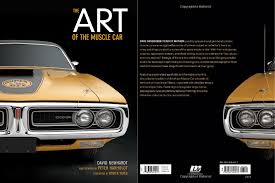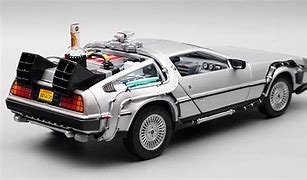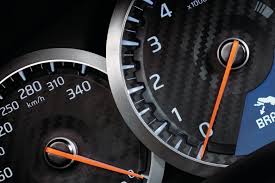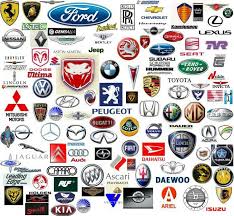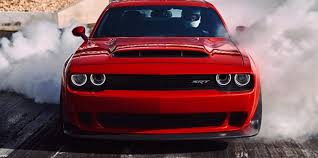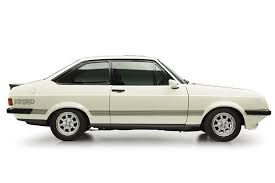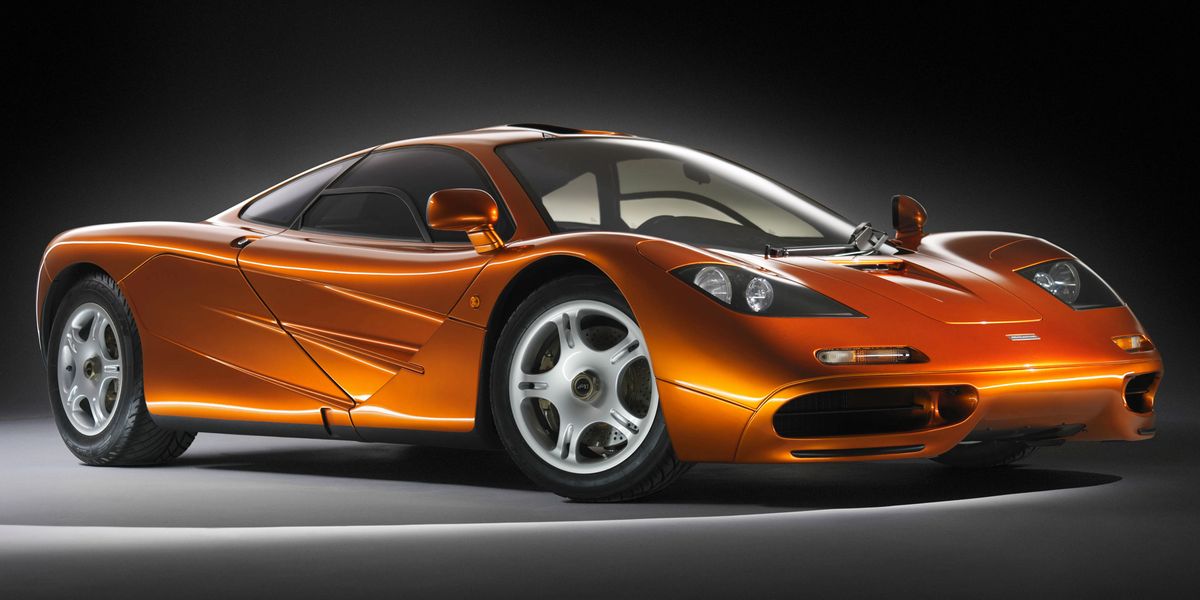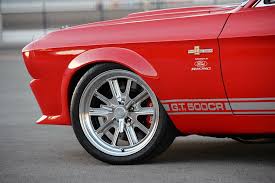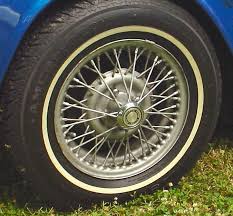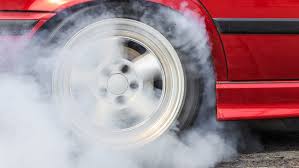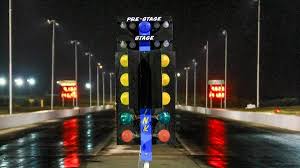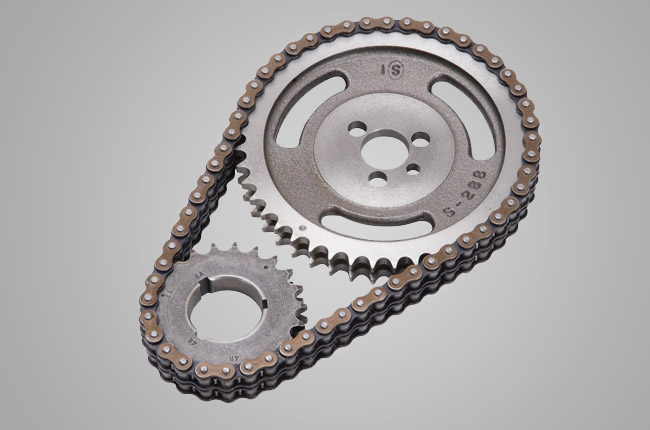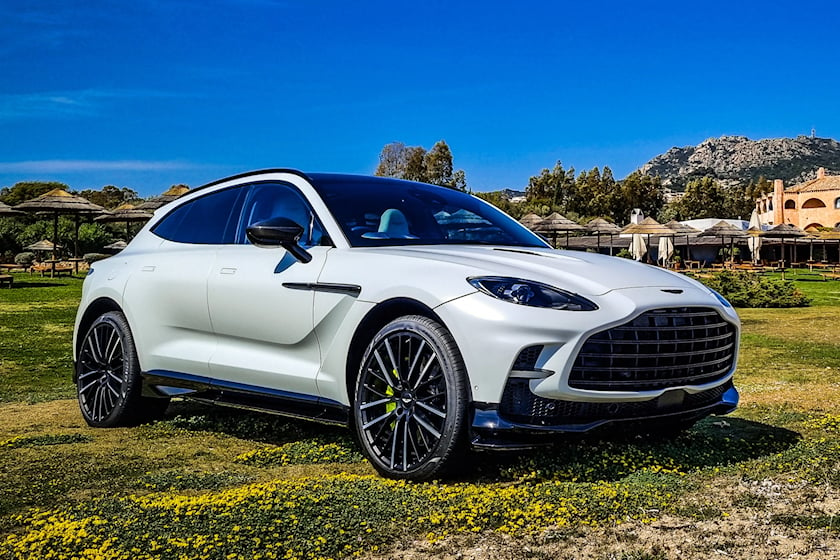


This edition of the Jaguar XE SV Project 8 5.0 V8 Supercharged is the 8 speed / Auto version and was first brought out in 2017. This was at around the same time as the introduction of the 2018 Bugatti Chiron Sport 8.0L W16 Quad Turbo and the 2018 Bugatti Divo 8.0L W16 64 Valve Turbo.This particular Jaguar XE has a 5000cc Supercharged Petrol powerplant with 8 cylinders in a V formation.
The XE shares its Petrol V8 engine configuration with the likes of the 2023 Dodge Challenger SRT Demon 170 and the 2023 Ferrari SF 90 XX Spider 4.0 V8 Turbo. If you're looking for other fast cars which share the XE's Rear Wheel Drive, Saloon combination then how about the 1982 Fiat X1/9 1.5 8V or the 1965 Aston-Martin DB6 1965.
Weighing in at 1745 kgs (3847 lbs) this makes the Jaguar XE SV Project 8 5.0 V8 Supercharged in the same weight category as the 2021 Chevrolet Camaro ZL1 6.2 V8 Supercharged or the give or take 50kg.
In terms of power the 5000cc 32V V8 engine produces 592 bhp (441 kW) @ 6500 rpm similar to the 2023 BMW X5 M Competition 4.4 Turbo F95 (616 bhp) or the 2023 Ferrari Roma Spider 3.9 V8 Turbo (611 bhp).
The Supercharged V8 throws out 516 lb-ft (699.6 Nm) @ 3500 rpm placing it with cars of similar torque performance figures such as the 2023 Lotus Eletre 603 bhp (524 lb-ft) or the 2023 Lamborghini Revuelto 6.5 V12 Petrol Hybrid (535 lb-ft).
If one combines the weight with power or torque performance for the Jaguar XE you can get a better idea of it's real world performance.
The Jaguar XE has a Power to weight ratio of 339.2 bhp per ton and 295.7 lb-ft per ton. Bhp Per Ton figures of the 2017 XE competing with the 2011 Ferrari FF 6.3L V12 (363.1 bhp per ton) or the 2009 Wiesmann GT MF5 (362.3 bhp per ton).
If you agree with the late great Carroll Shelby then arguably an even better indicator of potential performance, Torque. Use weight as well and you end up with - Torque per ton, with the Jaguar XE generating around 295.7 lb-ft per ton. If you're curious as to what other cars have as much torque to weight then look no further than the 2016 Mercedes E Class 63 S AMG 4Matic Saloon (320.7 lb-ft per ton) or the 2006 Mercedes CLK DTM Cabriolet (320.6 lb-ft per ton).
With a 0-60mph time of 3.20 secs or a 0-100km/h (0-62mph) of 3.3 secs, this made the Jaguar XE SV Project 8 5.0 V8 Supercharged as fast as the 2023 Aston-Martin DBS 770 Ultimate 5.2 V12 Twin Turbo (3.20 secs) the 2022 Porsche 911 Dakar 3.0 Turbo 992 II (3.20 secs) the 2021 Porsche 911 GT3 Touring PDK 992 (3.20 secs) the or the 2021 BMW 5 Series M5 4.4 V8 Turbo F90 (3.20 secs). This Jaguar XE SV Project 8 5.0 V8 Supercharged is also faster than the 2023 Porsche Boxster Spyder RS 4.0 982 (3.30 secs) the 2023 Ferrari Roma Spider 3.9 V8 Turbo (3.30 secs) the 2023 BMW 3 Series M3 CS 3.0 Twin Turbo G80 (3.30 secs) the and the 2022 KTM X-Bow GT-XR 2.5 Turbo (3.30 secs).
When talking about the performance of the Jaguar XE on the drag strip it can reach a quarter mile in an estimated 11.83 secs @ 115.7 mph. Similar performance down the quarter mile can be found with the the 2014 BMW 6 Series 650 4.4 V8 (11.78 secs), the 2007 Porsche Cayenne 4.8 Turbo (11.79 secs), and the 2013 Maserati Ghibli S Q4 3.0 V6 Turbo (11.80 secs).
Modern performance cars are often artificially restricted to 155mph. The 2017 version of the Jaguar XE SV Project 8 5.0 V8 Supercharged has a maximum speed of 200mph.
If maxing out your car on the AutoBahn is your thing and you're wondering what's faster than the 2017 Jaguar XE SV Project 8 5.0 V8 Supercharged then how about the 2023 Aston-Martin Valour 5.2 V12 Twin Turbo (211 mph), the 2023 Aston-Martin DBS 770 Ultimate 5.2 V12 Twin Turbo (211 mph), or the 2023 Aston-Martin DBS 770 Ultimate Volante 5.2 V12 Twin Turbo (211 mph).









Jaguar XF 4.2 V8 Supercharged
Engine: Supercharged Petrol | 4196cc 32v V8
Top Speed: 155 mph
0-60mph: 5.70 seconds

Lamborghini Countach LP400S
Engine: Naturally Aspirated Petrol | 3929cc 24v V12
Top Speed: 263.9 kph
0-100kph: 6.1 seconds
